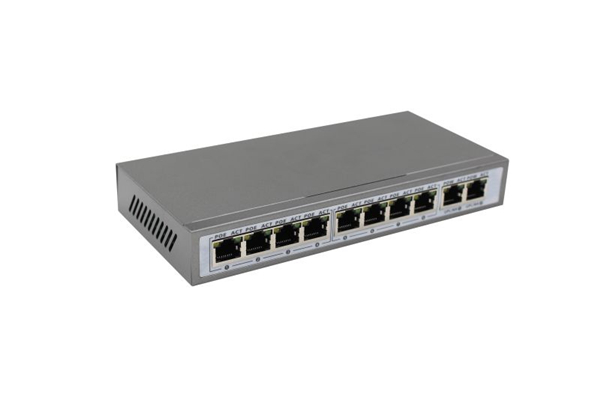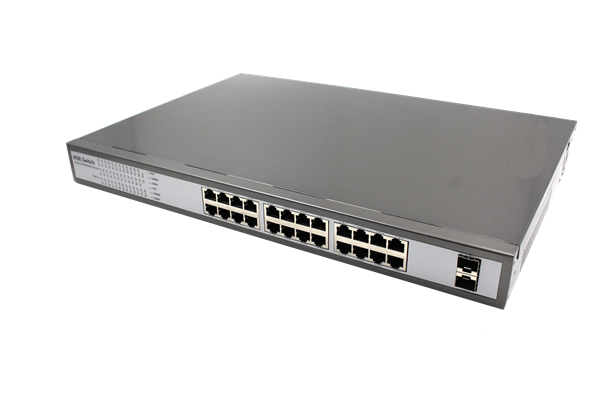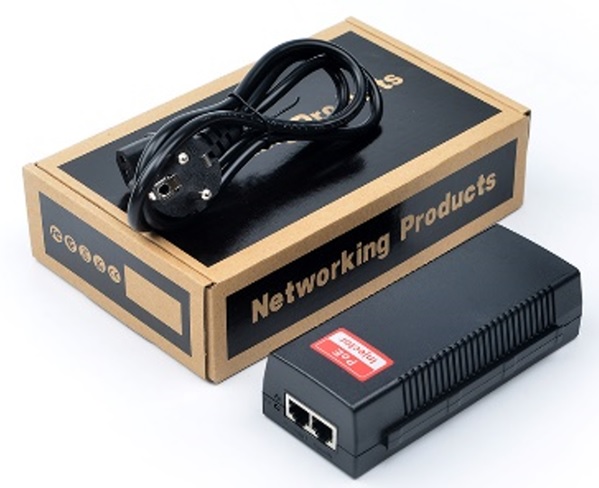POE (Power Over Ethernet) TechnologyCurrent location: Home > POE (Power Over Ethernet) Technology
- POE (Power Over Ethernet) refers to the use of IP-based terminals (such as IP phones, wireless LAN access points AP, network cameras) without any changes to the existing Ethernet Cat.5 cabling infrastructure. Etc.) While transmitting data signals, it can also provide DC power supply technology for such devices. POE is also known as a local area network-based power supply system (POL, Power over LAN) or Active Ethernet (Active Ethernet), sometimes also referred to as Power over Ethernet for short. This is the use of existing standard Ethernet transmission cables to simultaneously transmit data and The latest standard specification of electric power, and maintains compatibility with existing Ethernet systems and users.
POE technology can ensure the normal operation of the existing network while ensuring the safety of the existing structured cabling, and minimize costs. The IEEE 802.3af/at standard is a new standard based on the POE of the Ethernet power supply system. It adds related standards for direct power supply through the network cable on the basis of IEEE 802.3. It is an extension of the existing Ethernet standard and the first on power distribution. International standards.
Power supply process
When arranging POE power supply terminal equipment in a network, the working process of POE Power over Ethernet is shown below.
1. Detection: At the beginning, the POE device outputs a very small voltage at the port until it detects that the cable terminal connection is a power receiving device that supports the IEEE802.3af/at standard.
2. PD end device classification: After detecting the power receiving end device PD, the POE device may classify the PD device and evaluate the power loss required by the PD device.
3. Start power supply: Within a configurable time (generally less than 15μs) startup period, the PSE device starts to supply power to the PD device from a low voltage until it provides 48V DC power.




